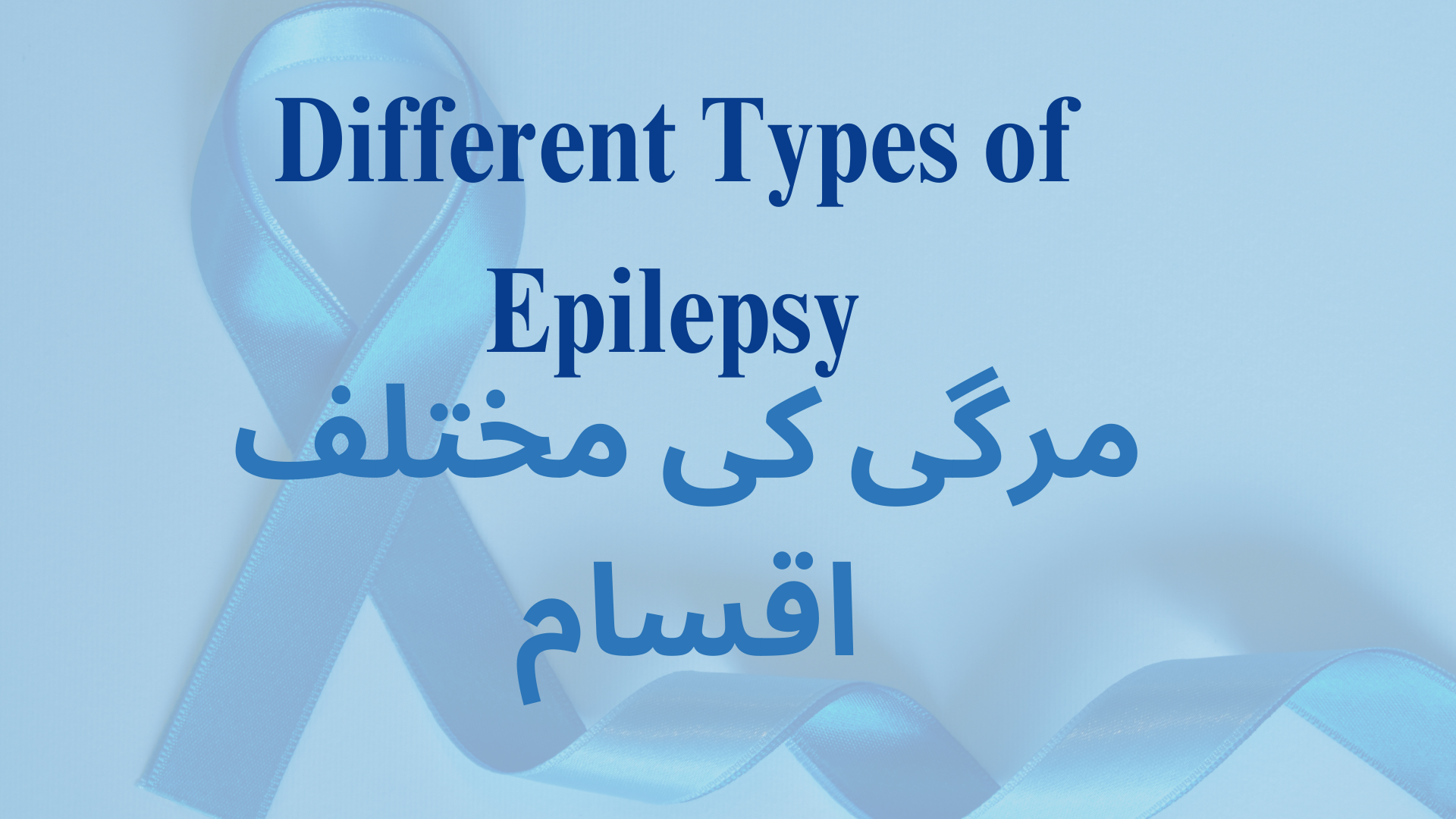Epilepsy includes an extensive variety of seizure issues, each with its own particular qualities, seizure types, fundamental causes, and guesses. Here is a portion of the various kinds of epilepsy:
Summed up Epilepsy
·Nonappearance Seizures (previously known as Petit Mal): Nonattendance seizures are brief episodes of gazing or "nonappearance" that commonly last a couple of moments. They might include a brief loss of mindfulness, which frequently happens in kids.
·Tonic-Clonic Seizures (previously known as Fantastic Mal): Tonic-clonic seizures are characterized by unexpected loss of awareness, solidifying of the body (tonic stage), and musical snapping developments (clonic stage). These seizures can last a few minutes and may cause wounds.
·Myoclonic Seizures: Myoclonic seizures include abrupt, brief muscle jerks or jerks that can influence at least one piece of the body. These seizures might happen separately or in groups.
Incomplete (central) epilepsy
·Basic Incomplete Seizures: Straightforward halfway seizures don't cause loss of cognizance. They might include tactile changes, engine side effects, or other uncommon sensations, contingent upon the region of the cerebrum impacted.
·Complex Fractional Seizures: Complex halfway seizures normally include modified cognizance and may cause uncommon ways of behaving, automatisms (monotonous developments), or changes in mindfulness and responsiveness.
·Optionally Summed up Seizures: Halfway seizures that spread to include the two sides of the cerebrum can advance into summed up tonic-clonic seizures (optionally summed up seizures).
Epilepsy Disorders
·Lennox-Gastaut Disorder: The Lennox-Gastaut condition is a serious type of epilepsy described by numerous seizure types, mental disabilities, and unusual EEG designs. It frequently starts in adolescence and can be difficult to treat.
·Dravet Condition: Dravet condition is an uncommon and extreme type of epilepsy that normally starts at the outset and is related to regular seizures, formative postponements, and development problems.
·Adolescent Myoclonic Epilepsy: Adolescent myoclonic epilepsy regularly starts in youthfulness and is portrayed by myoclonic seizures, summed up tonic-clonic seizures, and every so often nonattendance seizures.
Different Sorts
·Febrile Seizures: Febrile seizures are seizures that happen in small kids during fever episodes. They are generally harmless and don't be guaranteed to show epilepsy, albeit a few youngsters might foster epilepsy further down the road.
·Reflex Epilepsies: Reflex epilepsies are seizures set off by unambiguous boosts or exercises, like glimmering lights (photosensitive epilepsy) or perusing (understanding epilepsy).
·Non-Epileptic Seizures: Non-epileptic seizures, otherwise called psychogenic non-epileptic seizures (PNES), are episodes of adjusted conduct or development that look like epileptic seizures but are not brought about by strange cerebrum action.
These are only a couple of instances of the different scopes of epilepsy types. Each sort of epilepsy might require different treatment approaches, techniques, and contemplations for anticipation and personal satisfaction. It's fundamental for people with epilepsy to work intimately with medical care experts to precisely analyze their condition, distinguish seizure sets off, and foster customized therapy plans custom-made to their necessities.




0 Comments